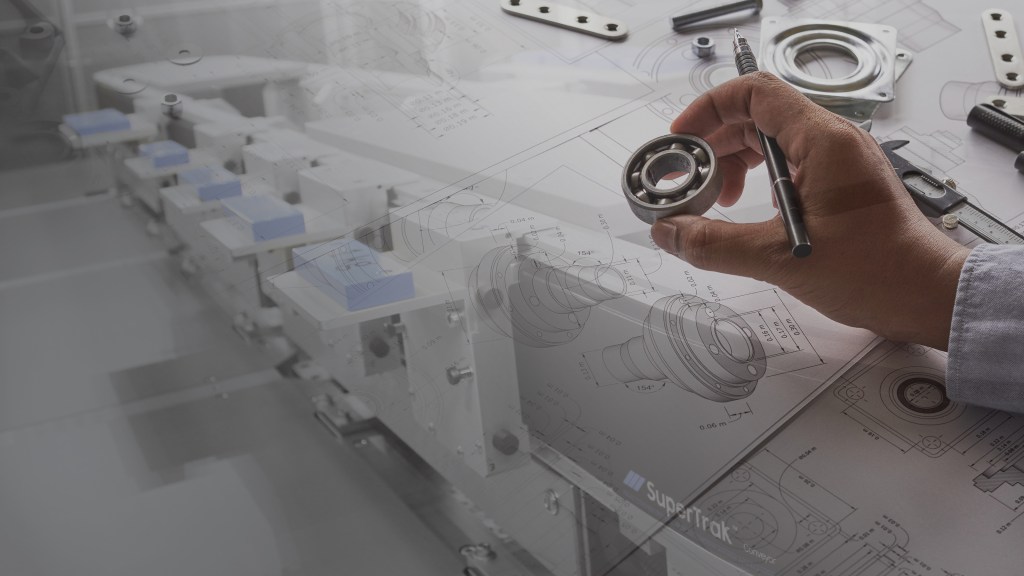In today’s competitive manufacturing landscape, business leaders need to be able to scale and adapt their production to meet changing consumer demands. In manufacturing, what is produced varies greatly from industry to industry, yet we often see overlap in the general functionality that system designers are hoping to achieve from their automation.
For example, the ability to increase production without increasing footprint will be a must-have for many manufacturers when it comes to their automation. We’ll talk more about this shortly.
But the biggest thing we hear both systems designers and business leaders asking for, regardless of industry, is high-performing automation with low risk.
Before we look at specific industry examples and how we can accomplish powerful automation with reduced design and deployment risks, let’s first look at where potential risks arise during the automation design process.
Where does risk come from?
If you’ve ever designed or deployed an automation system, you know that there are a lot of things that can go wrong. The good news is, there are ways to mitigate risks from both the perspective of the system designer as well as the business leader.

Decreasing Labor Costs
The second-largest contributor to product cost is usually labor. Manual labor is not appropriate in some circumstances, for example, highly complex assemblies, highly precise operations, tiny component manipulations, high volume demand, and repatriating production from a low labor rate country. Even the best, most highly trained operators will sometimes drop a product, mispack it, mislabel it, or otherwise compromise it. Staff vulnerability to hazards like dangerous materials and products and repetitive movements can result in lost time, poor morale, and turnover. Reducing manual touchpoints and reducing labor footprint is the best way to minimize this type of damage and the associated cost.
Reducing Raw Material Costs
In general, the cost of materials is the largest contributor to the total product cost. Grossly oversimplified, if you reduce waste, you improve profits. When it comes to many industrial processes, such as portioning, machines are more accurate than people. Manual operations are open to human judgment and error, resulting in high scrap rates, complete batch write-offs, or recalls. There could be costs associated with product recalls, facility lockdowns, and supply interruptions in extreme safety-related situations.










